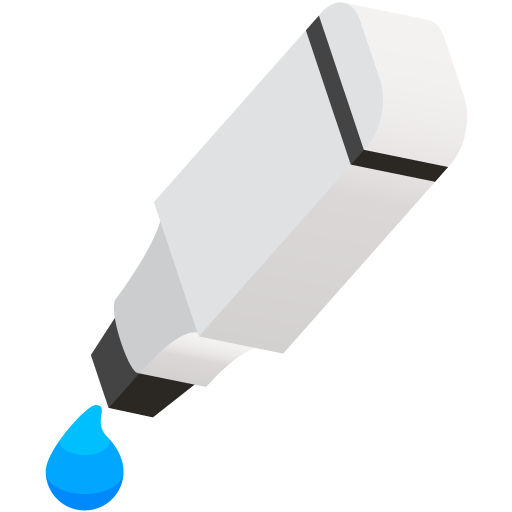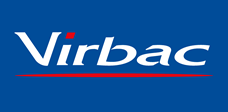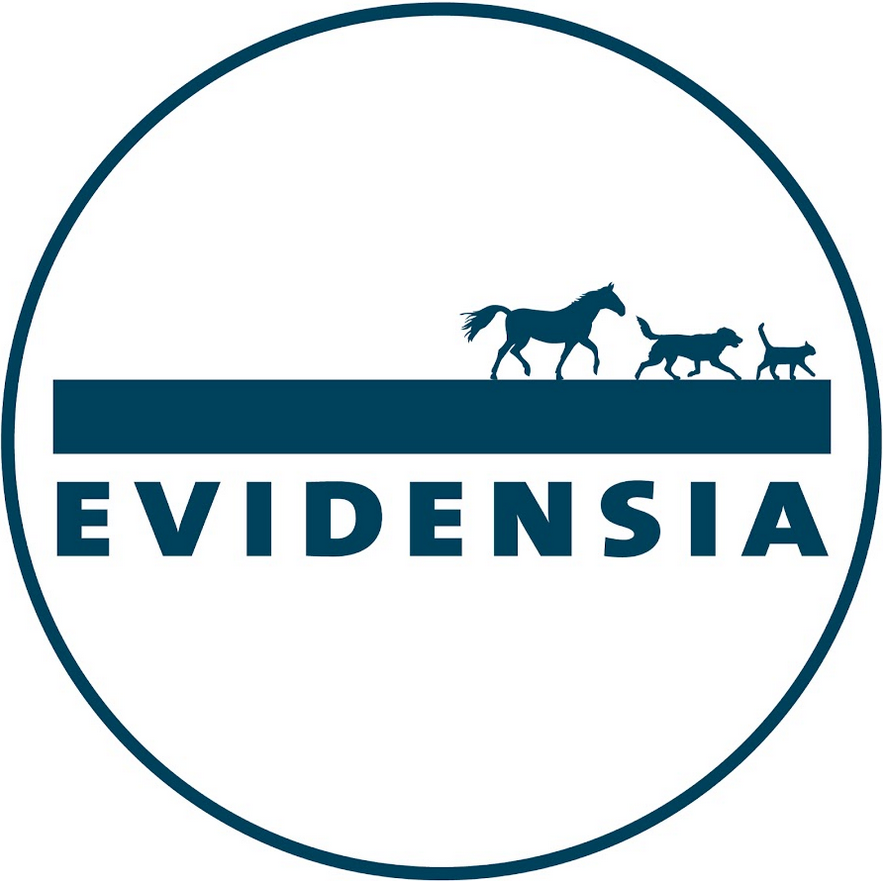Similar packages
Droncit (1 - 2.5 kg)
Active substance
ATC code
Species
Cats.
Indications
For the treatment of tapeworms of cats. The product is effective against mature and immature forms of Dipylidium caninum and Taenia species. The product is also effective against Echinococcus multilocularis.
Dose to be administered and administration route
Dosage and Treatment Schedule
The minimum dose rate is 8 mg/kg bodyweight, which equates to 1 tube per 2.5 kg bodyweight.
|
Bodyweight |
Number of Tubes |
Quantity of Praziquantel |
mg/kg bw |
|
1 - 2.5 kg |
1 |
20 mg |
8 - 20 |
|
>2.5 - 5 kg |
2 |
40 mg |
8 - 16 |
|
>5 kg |
3 |
60 mg |
maximum 12 |
Underdosing could result in ineffective use and may favour resistance development.
Method of Administration
Remove one tube from the package. Hold tube in an upright position, twist and pull off cap. Use reversed cap to twist and remove seal from tube.

Part the hair on the cat's neck at the base of the skull until the skin is visible.

Place the tip of the tube on the skin and squeeze firmly several times to empty the contents directly onto the skin. Application at the base of the skull will minimise the opportunity for the cat to lick the product.
To minimise the possibility of run-off after application of more than one pipette, it is advised that the applications should be performed slowly to allow absorption and that it may be advisable to allow the contents of the previous pipette to be absorbed before applying another.
Tapeworm infestation is certain to re-occur unless control of intermediate hosts such as fleas, mice etc. is undertaken.
Flea control: flea infestations can be controlled by the regular use of effective flea control remedies.
Mice control: if cats roam and hunt, contact with, and consumption of, mice and subsequent re-infestation with Taenia taeniaeformis is impossible to prevent.
It is recommended to re-apply the product when signs of tapeworm infestation re-appear or at monthly intervals.
Adverse reactions
In very rare cases, a transient local reaction, such as scurf, mild exudation, alopecia (hair loss), scab, erythema (reddening), and pruritus (itching) may be observed at the application site following treatment.
The product is bitter tasting and salivation may occasionally occur if the cat licks the application site immediately after treatment. This is not a sign of intoxication and disappears after a short time without treatment.
The frequency of adverse reactions is defined using the following convention: - very common (more than 1 in 10 animals treated displaying adverse reaction(s))
- common (more than 1 but less than 10 animals in 100 animals treated)
- uncommon (more than 1 but less than 10 animals in 1,000 animals treated)
- rare (more than 1 but less than 10 animals in 10,000 animals treated)
- very rare (less than 1 animal in 10,000 animals treated, including isolated reports).
Dispensing
AVM-GSL - Authorised Veterinary Medicine – General Sales ListSUMMARY OF PRODUCT CHARACTERISTICS
1. NAME OF THE VETERINARY MEDICINAL PRODUCT
Droncit Spot-on 20 mg Solution
2. QUALITATIVE AND QUANTITATIVE COMPOSITION
2.1 Active Constituents per 0.5 ml tube
Praziquantel 20 mg
2.2 Relevant Constituents of the Excipients
Butylated hydroxytoluene 0.5 mg
For the full list of excipients, see section 6.1
3. PHARMACEUTICAL FORM
Spot-on solution.
Clear colourless to slightly reddish liquid.
4. CLINICAL PARTICULARS
4.1 Target species
Cats.
4.2 Indications for use, specifying the target species
For the treatment of tapeworms of cats. The product is effective against mature and immature forms of Dipylidium caninum and Taenia species. The product is also effective against Echinococcus multilocularis.
4.3 Contraindications
Do not use on cats weighing less than 1 kg bodyweight.
4.4 Special warnings for each target species
Do not allow recently treated animals to groom each other.
4.5 Special precautions for use
i) Special precautions for use in animals
Care should be taken to avoid the contents of the tube coming into contact with the eyes or mouth of the user or recipient animal. For external use only.
ii) Special precautions to be taken by the person administering the medicinal product to animals
This product can be irritant to the skin and eyes.
Care should be taken to prevent contact of the solution with the skin or eyes.
If contact with the skin occurs, wash off any skin contamination with soap and water immediately.
If accidental contact occurs with the eyes, flush the affected eyes thoroughly with clean fresh water.
In the event of skin or eye contact, seek medical advice if irritation persists and show the Doctor this package.
Do not stroke or groom animals until area of application is dry (typically around 1 hour after application).
Wash hands thoroughly after use.
Do not eat, drink or smoke during application.
Store away from food, drink or animal feedingstuffs.
iii) Other precautions
None.
4.6 Adverse reactions (frequency and seriousness)
Occasionally a transient local reaction such as scurf or mild exudation may be observed at the application site following treatment.
The product is bitter tasting and salivation may occasionally occur if the cat licks the application site immediately after treatment. This is not a sign of intoxication and disappears after a short time without treatment.
4.7 Use during pregnancy, lactation or lay
There are no contra-indications against use during pregnancy and lactation.
4.8 Interaction with other medicinal products and other forms of interaction
No incompatibility has been observed between this product at the recommended dose and a range of common veterinary treatments.
4.9 Amount(s) to be administered and administration route
Dosage and Treatment Schedule
The minimum dose rate is 8 mg/kg bodyweight, which equates to 1 tube per 2.5 kg bodyweight.
|
Bodyweight |
Number of Tubes |
Quantity of Praziquantel |
mg/kg bw |
|
1 - 2.5 kg |
1 |
20 mg |
8 - 20 |
|
>2.5 - 5 kg |
2 |
40 mg |
8 - 16 |
|
>5 kg |
3 |
60 mg |
maximum 12 |
Method of Administration
Remove one tube from the package. Hold tube in an upright position, twist and pull off cap. Use reversed cap to twist and remove seal from tube.

Part the hair on the cat's neck at the base of the skull until the skin is visible.

Place the tip of the tube on the skin and squeeze firmly several times to empty the contents directly onto the skin. Application at the base of the skull will minimise the opportunity for the cat to lick the product.
To minimise the possibility of run-off after application of more than one pipette, it is advised that the applications should be performed slowly to allow absorption and that it may be advisable to allow the contents of the previous pipette to be absorbed before applying another.
Tapeworm infestation is certain to re-occur unless control of intermediate hosts such as fleas, mice etc. is undertaken.
Flea control: flea infestations can be controlled by the regular use of effective flea control remedies.
Mice control: if cats roam and hunt, contact with, and consumption of, mice and subsequent re-infestation with Taenia taeniaeformis is impossible to prevent.
It is recommended to re-apply the product when signs of tapeworm infestation re-appear or at monthly intervals.
4.10 Overdose (symptoms, emergency procedures, antidotes), if necessary
Overdosing can lead to slight skin reactions which disappear without treatment within a few days.
4.11 Withdrawal period(s)
Not applicable as the product is not indicated for the treatment of food producing animals.
5. PHARMACOLOGICAL PROPERTIES
The Active Ingredient
Praziquantel, the active ingredient of Droncit® Spot-on is a pyrazinoisoquinoline derivative used widely as an anthelmintic for both human and veterinary medicine. The chemical name for this substance is 2-cyclohexyl-carbonyl[1,2,3,6,7,11b] hexahydro-4Hpyrazino-[2,1-a]isoquinolin-4-one[1].
ATCVet Code: QP52AA01
5.1 Pharmacodynamics
Praziquantel is effective against all stages of development of intestinal tapeworms. The substance is very rapidly absorbed and distributed throughout the parasite. Both in vivo and in vitro studies have shown that praziquantel causes severe damage to the parasite integument, resulting in contraction and paralysis. There is an almost instantaneous tetanic contraction of the parasite musculature and a rapid vacuolisation of the syncytial tegument. This rapid contraction has been explained by changes in divalent cation fluxes, particularly calcium.
5.2 Pharmacokinetics
Praziquantel is absorbed very rapidly and almost completely in the stomach and small intestine. Studies of the behaviour following oral administration have been conduced in rats, dogs, monkeys, sheep and humans. Depending on species, maximum serum levels are reached within 0.3 to 2 hours. The chemical is evenly distributed to all organs. The elimination half-lives of 14C-praziquantel and its metabolites are between 2 and 3 hours in rats, dogs, monkeys and sheep.
Praziquantel is rapidly metabolised in the liver in both humans and animals with the 4-hydroxycyclohexyl derivative as the main metabolite. Praziquantel is completely eliminated from the body within 48 hours; irreversible binding to body constituents has not been observed. Elimination is in the form of metabolites with virtually no parent compound excreted. Between 40% and 71% of the substance is eliminated in the urine and 13%-30% in the faeces.
6. PHARMACEUTICAL PARTICULARS
6.1 List of excipients
Butylhydroxytoluene
N-methylpyrrolidone
6.2 Incompatibilities
None known.
6.3 Shelf-life
Shelf-life of the product as packaged for sale: 30 months.
6.4 Special precautions for storage
Store away from food, drink and animal feeding stuffs.
Do not use after expiry date.
6.5 Nature and composition of immediate packaging
Packaging style Blister pack containing 4 unit dose tubes
Container material White opaque polypropylene tube
with an integral nozzle and rupturable membrane White polypropylene cap
Contents 0.5 ml solution per tube
(20 mg praziquantel)
6.6 Special precautions for the disposal of unused veterinary medicinal product or waste materials derived from the use of such products, if appropriate
Any unused product or waste material should be disposed of in accordance with national requirements.
7. MARKETING AUTHORISATION HOLDER
Vetoquinol UK Limited
Steadings Barn
Pury Hill Business Park
Nr. Alderton
Towcester
Northamptonshire
NN12 7LS
8. MARKETING AUTHORISATION NUMBER
Vm 08007/4157
9. DATE OF FIRST AUTHORISATION
21 August 2000
10. DATE OF REVISION OF THE TEXT
November 2020
Approved 05 November 2020


| Art. Nr. | 08007/4157 |
|---|---|
| EAN | 5032756105017 |
 TRUSTED SOURCE
TRUSTED SOURCE








